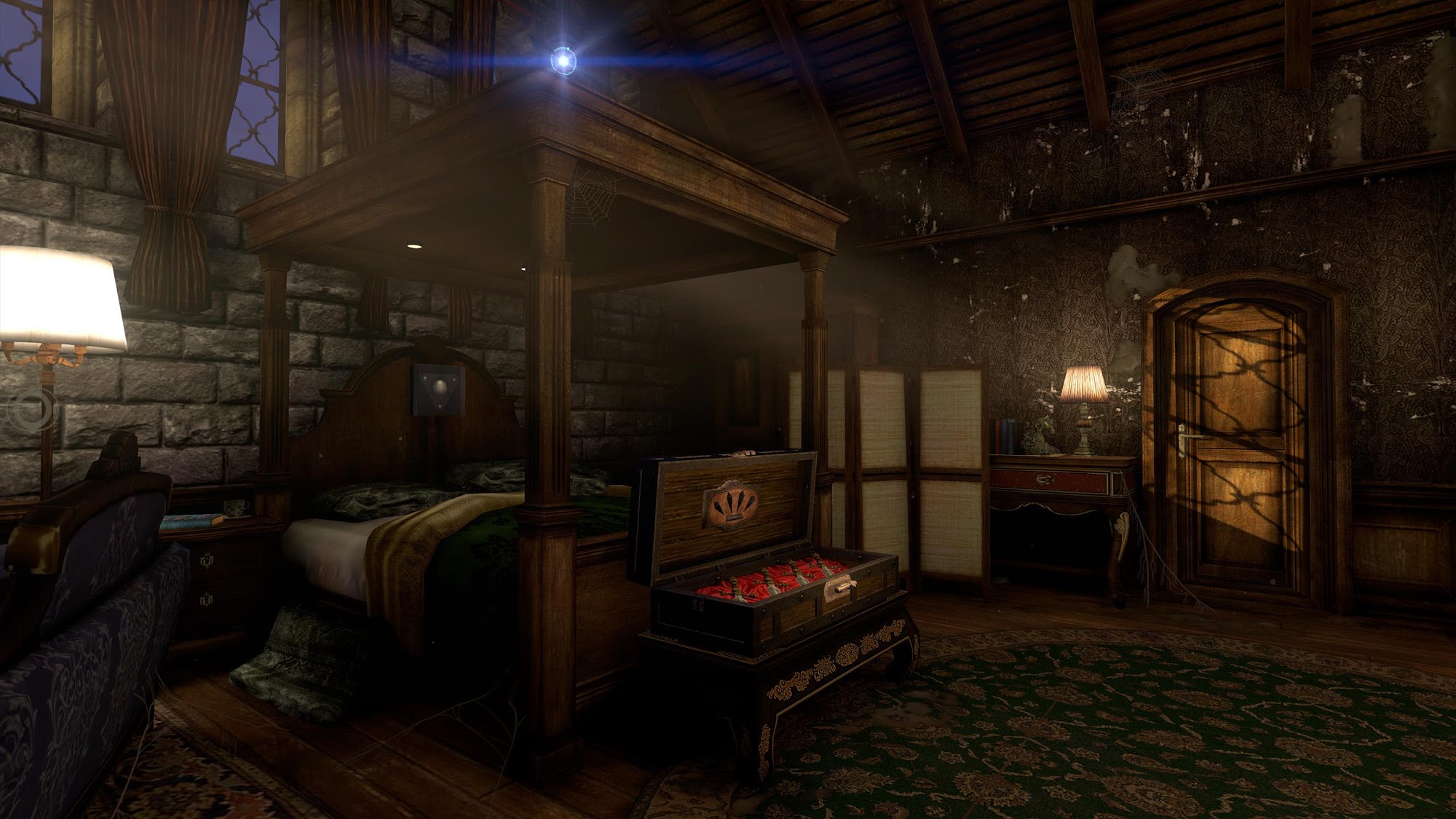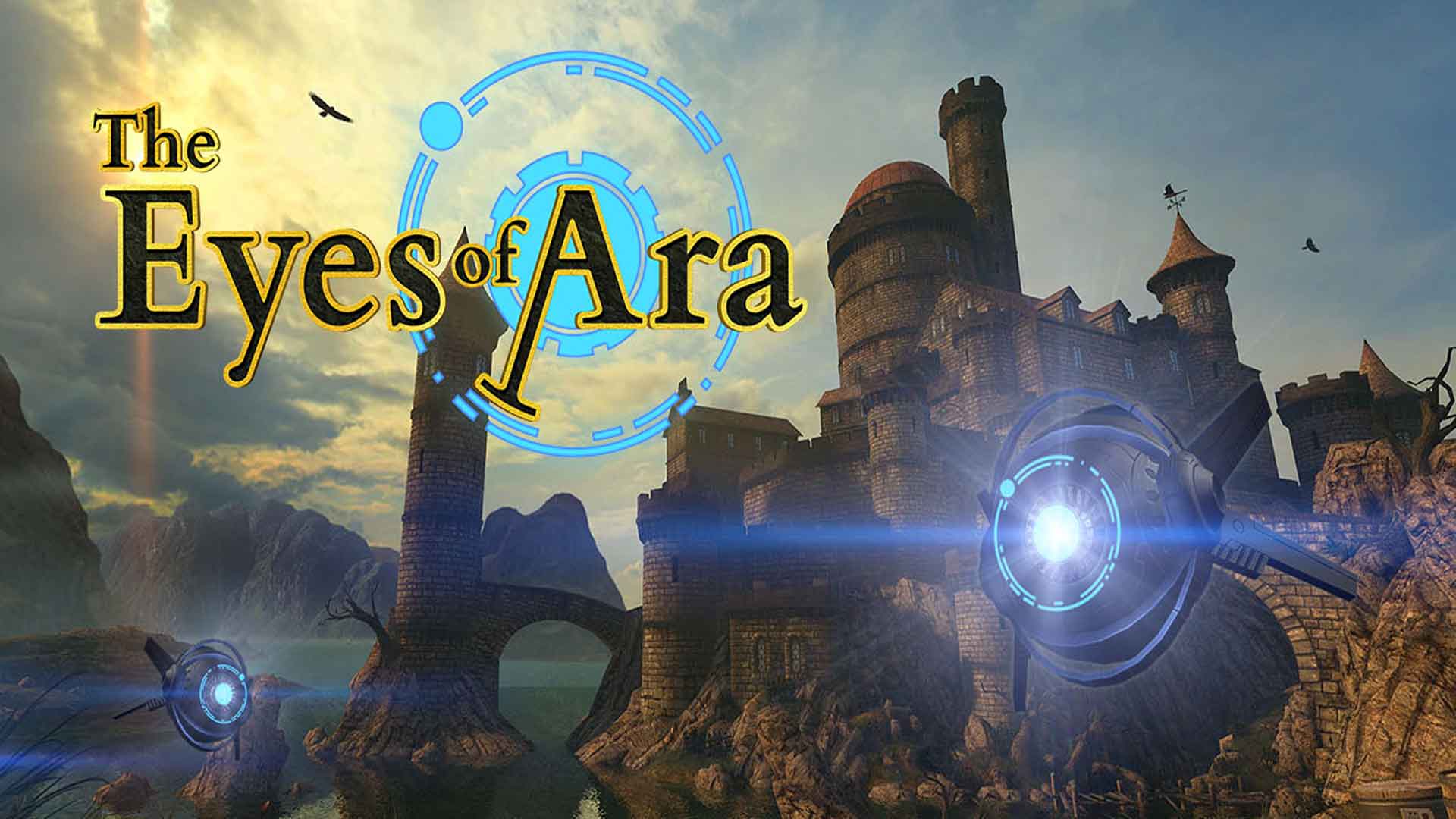
This hearkens back to the days of keeping your own notes while playing games, sure, but it doesn’t really make sense why the player-character can’t simply pocket the notes in-game. I found myself taking pictures of them with my phone after a while so I didn’t have to keep trekking back to look at them. This extends to the various notes and scribbles you find related to puzzles. You have to go back to previous rooms and click on each document if you want to read them again. One gripe I have about how The Eyes of Ara chooses to tell its story is that, despite the many documents scattered throughout the castle to piece together the narrative, there isn’t any kind of player journal that records what you find. The story itself is mostly average, but the game’s execution of this environmental storytelling is spot on and adds to the sense of mystery and discovery that its visuals cultivate. There’s even a story reason for why the castle is laced with puzzles throughout, which was a little flimsy but a nice touch.

The overarching tale of the Eyes is told through the notes left by the researcher regarding his efforts to understand them. Their characters aren’t particularly deep, but the telling of their time in residence adds a bit of depth to the castle’s history rather than just having you explore a bland, lifeless, and empty game setting. As you explore the castle, you learn more about the last tenants - a researcher and some of his family members - from the writings they’ve left behind. Information about the mysterious “Eyes”, as well as the most recent occupants of the castle, is slowly revealed by reading documents scattered throughout its rooms. The Eyes of Ara lacks a traditional narrative and, much like other puzzle-based graphic adventure games it’s modeled after, the story is told through interacting with the environment. That castle is where you’ll spend the entirety of your time with The Eyes of Ara, unraveling a mystery closely tied to your task that unfolds before you as you hunt down the rogue interference. It’s a simple enough task, until you realize that the source of the signal has been pinpointed inside an abandoned castle. You take on the role of a contractor for a telecommunications company sent out on a remote job: find the source of a signal that’s been interfering with over-the-air communications throughout the area and put a stop to it. The Eyes of Ara, the debut title from 100 Stones Interactive, aims to strike that balance with a focus on environmental storytelling.

If done well, these games can be a rewarding experience and provide the sense of accomplishment that comes with solving difficult problems.

There also needs to be a sense of purpose, of course, to drive players forward in the form of a narrative or overarching goal. If they’re too difficult, they may become frustrated and walk away. If the puzzles are too easy, players may become bored and stop playing. There’s a delicate balance that needs to be met when developing a quality puzzle game.


 0 kommentar(er)
0 kommentar(er)
